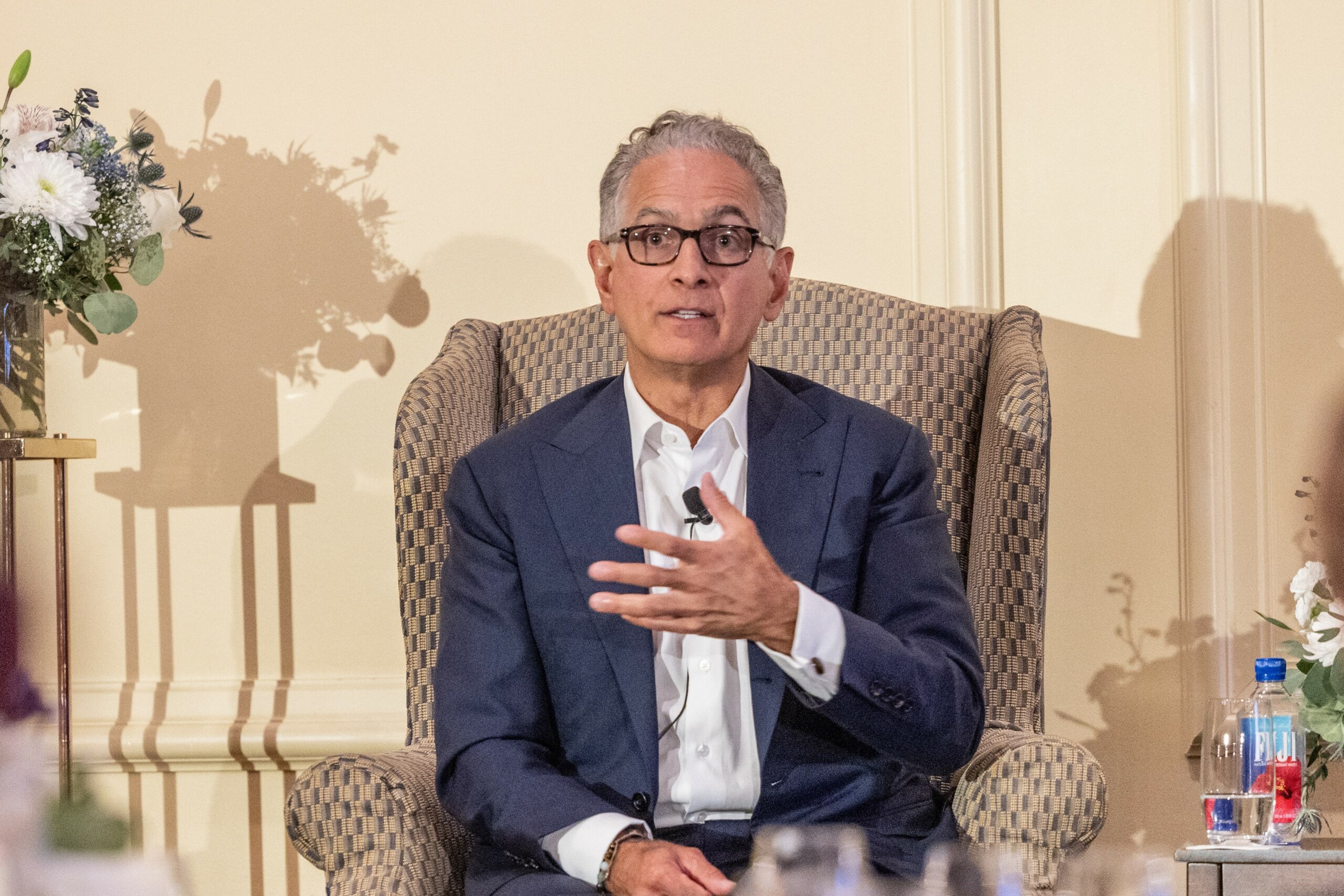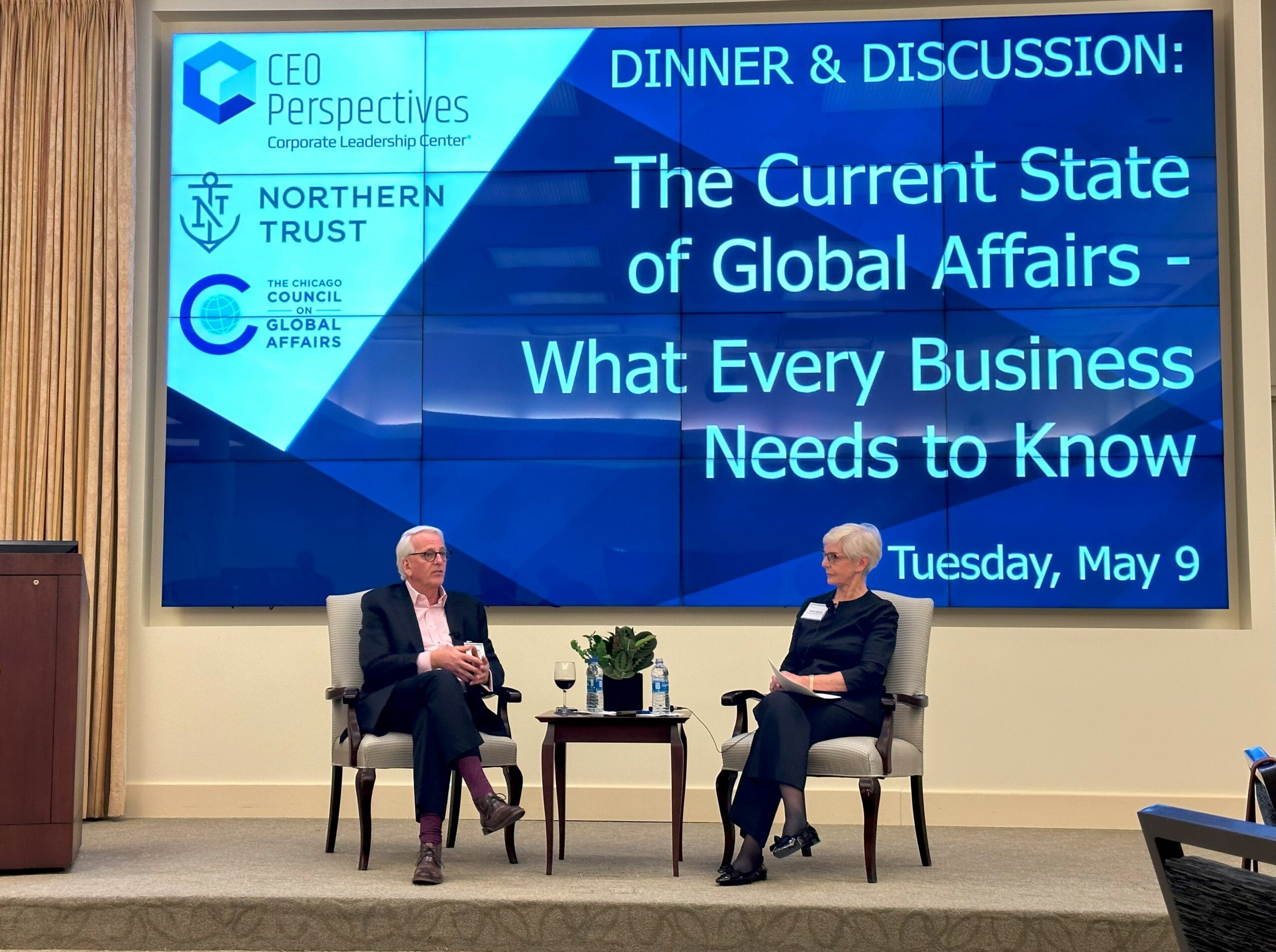
Executive Summary
Companies should build effective reputation management capabilities based on the following principles:

- Reputation consists of the perception of customers and other constituencies.
- In many cases, these perceptions are derived not from direct experience with the company or a deep knowledge of any given issue, but from an ever-changing mixture of opinion and information driven by traditional and social media, as well as a range of influencers, from experts to advocacy groups.
- Proactive reputation management requires companies to identify issues early, connect them with the business strategy, develop prevention and preparation strategies, and implement changes to business practices in advance of an issue gaining momentum.
- Executives must play roles as stewards of the company’s reputation.
Introduction
CEOs and board directors view a company’s reputation as one of its most valuable assets. Recently however, there is a growing gap between the rise in corporate reputational risk and companies’ capabilities to manage it.
Every month a new reputational disaster makes the headlines, destroying shareholder value and trust among customers and other stakeholders. But the loss of public trust is just the beginning of a company’s troubles — lawsuits, public hearings, and investigations often follow. Management missteps may be a part of the problem, but there are broader trends in these ever more frequent and severe corporate crises.
The increase in reputational risk is due to three main factors:
- Growth in Social Media: The global news environment is turbo-charged by social media, which shares information and opinion quickly, and also helps diverse constituencies organize more efficiently. Companies have less and less control over their messages, shifting the balance of power from companies to customers and other stakeholders.
- Rapid Globalization and Outsourcing: More complex supply chains have increased the scale and scope of reputational risks, as companies are less able to monitor business practices or anticipate emerging issues. Once a crisis occurs, whether on safety, data security, or labor conditions, it is the large, visible company that tends to get blamed, even if the ultimate cause was further up the supply chain. Reputational risk transcends the legal limits of the firm.
- Expectations about Business Responsibility: Customers no longer simply expect companies to keep their brand promise; they also expect flawless business processes across the board, whether in data security, privacy, or customer support. Customers and other stakeholders increasingly expect companies to align their business practices with social and ethical standards that exceed legal or regulatory requirements.
A company’s reputation needs to be actively managed like any other core business asset.
“Companies that fulfill their purpose and responsibilities to stakeholders reap rewards over the long-term. Companies that ignore them stumble and fail. This dynamic is becoming increasingly apparent as the public holds companies to more exacting standards.”
– Larry Fink, “Purpose & Profit”, 2019 Letter to CEOs, BlackRock, https://www.blackrock.com/corporate/investor-relations/larry-fink-ceo-letter
Managing Reputational Risk
Too many companies still believe that building a strong reputation is easy and merely requires common sense – they feel it is a natural consequence of “doing right” by customers, employees and business partners. This approach is flawed. Good business practices are necessary, but not sufficient for successful reputation management. A company’s reputation needs to be actively managed like any other core business asset.
Corporate reputation consists of what others are saying about the company. It is essentially public, which means that it must integrate external perspectives and viewpoints, especially when they are critical or even hostile towards the company. Constituencies that have lain dormant for years can spring into action, particularly in the case of reputational crises. Companies need to have a process to identify such risks.
Many executives assume that reputational threats can be delegated to public affairs, legal, or outside advisors. This approach has two potential consequences:
- Managers do not take responsibility for protecting and enhancing the company’s reputation. Designing a supply chain, for instance, may be driven by cost and reliability concerns, but may not factor in the potential negative reputational impact of supplier labor conditions.
- Communications professionals may be brought in after business decisions are made and are then tasked with containing the fall-out.
Most reputational crises do not happen because of some external event or misfortune; rather they are the direct consequence of company action or inaction. Too often, decisions are made without consideration for their reputational impact, and decision-makers fail to act as the stewards of the company’s reputation.
|
Effective mitigation of reputational risk has two critical components: Prevention and Preparation.
Prevention: Prevention consists of steps to minimize or eliminate risk by reducing the likelihood that an adverse event will occur. In a quality management context, it may consist of additional quality controls. In a marketing context, it may mean eliminating an advertising strategy that could cause outrage. In a mergers and acquisition context, it may mean that a company walks away from an acquisition if questionable business practices come to light during the due diligence process.
Preparation: Because not all risks can be prevented, preparation strategies mitigate the impact of an adverse event should a company lose control of stakeholders’ perceptions, if customers believe the media more than they believe the company, for example. A preparation strategy establishes relationships with trusted third parties, to be called upon when necessary. Building these relationships takes time and effort; they are difficult to establish during a crisis, particularly if customers or stakeholders have lost trust in the company.
Prevention consists of steps to minimize or eliminate risk by reducing the likelihood that an adverse event will occur. A preparation strategy establishes relationships with trusted third parties, to be called upon when necessary.
Developing a Reputation Management Capability
A reputation management capability predicts challenges and is supported by sophisticated processes that are integrated with the company’s business strategy and culture. By reacting to a crisis with a strategic mindset, rather than with anger or self-pity, business leaders can strengthen their reputational management capability.
Strategic Thinking. Instead of following their emotions or gut reaction, business leaders need to think strategically. A strategic approach requires the fortitude to treat reputational difficulties as understandable, and even predictable, challenges in today’s business environment. This requires viewing reputational decisions as tightly connected to the company’s strategy, its core competencies and values, and its distinctive position in the marketplace.
Situational Awareness. A strategic mindset requires situational awareness. Reputational challenges created by activists, interest groups, and public figures try to force changes through public campaigns. Understanding and anticipating the motivations and capabilities of these external groups is essential — activists are competitors for the company’s reputation and need to be treated as seriously as competitors in the marketplace.
Activists are competitors for the company’s reputation and need to be treated as seriously as competitors in the marketplace.
|
Avoid the Expert Trap. Acquiring and deploying expertise in a coordinated fashion is the basis of any efficient organization. But in the context of reputational challenges, it restricts attention only to familiar, technical aspects of an issue. In a product safety scare, a safety engineer will point to his company’s industry-leading safety standards and may be bewildered when the media focuses on one specific victim. But the public nature of reputational challenges means the company’s actions are evaluated by non-experts through the filter of the media. This requires decision-makers to temporarily set aside their expertise and consider the situation from the point of view of the public.
Anticipatory Issues Management
Even perfectly designed governance and decision-making structures will be ineffective if they lack critical intelligence gathered through Anticipatory Issues Management (AIM). AIM includes three essential components:
Issue Identification: Issue identification creates awareness by listing all issues that may affect a company’s reputation. Although this may sound like an easy task, it is not. The main threat is the presence of “unknown unknowns”, or issues that the company is unaware of.
Unawareness is different from uncertainty; for uncertain events we can assess the likelihood and be pro-active in resolving them. This is the domain of risk management. If a company is unaware of an issue and is blind-sided, the consequences can be severe. Once issues are identified they can be evaluated and monitored.
Issue Evaluation: Companies are well-advised to have AIM teams in-house or from vendors. They fulfill the same function as national security intelligence agencies by using a combination of human and open source intelligence. Technology solutions, such as web-scraping or issue identification software, can be coupled with data evaluations and assessments by well-trained specialists. Effective AIM teams present actionable, strategic options to senior management and evaluate if a chosen course of action has had the desired effect.
Issue Monitoring: Intelligence is worthless if it isn’t integrated with the operational processes of the business. Creating a separate corporate function — a chief reputation officer (CRO) — is one common approach. This works if the position is well-resourced and participates in important business decisions at the enterprise level. Unless carefully designed, the establishment of a CRO can create additional barriers to integrating reputation management with business strategy and hurt the process rather than help it.
Alternatively, companies should consider creating a Corporate Reputation Council (CRC) — a cross-functional unit of senior executives with decision-making authority that mirrors the operating structure of the business. It may make sense to extend the jurisdiction of the CRC to include regulatory and political developments, effectively becoming the Corporate Relations Council. The governance structure should be closely connected with issue identification, evaluation and monitoring, so that the CRC provides strategic direction and that is directly connected to the corporate strategy.
Companies should consider creating a Corporate Reputation Council (CRC) – a cross-functional unit of senior executives with decision-making authority that mirrors the operating structure of the business.
The following figure summarizes an effective issues and reputation management system:

Conclusion
Many executives mistakenly assume that a good reputation simply follows from having good business practices and doing right by customers, employees, and suppliers. According to this view, a high level of business integrity is believed to be both necessary and sufficient for building and maintaining a stellar reputation, while concrete reputational threats can be delegated to public affairs, legal, or outside advisors.
This view is mistaken. Most reputational crises do not happen because of some external event or misfortune; rather they are the direct consequence of company actions or inaction, including decisions that are made without consideration for their reputational impact, or decision-makers that fail to act as the stewards of the company’s reputation.
While communication plays an important role in the process, active reputation management should be tightly integrated with strategy decisions and coordinated with activities across the enterprise; it requires an enterprise-wide capability overseen by the board.
Developing such a capability requires the right mindset, integrated with the company’s strategy, guided by its culture and values, and supported by carefully designed governance and intelligence processes.
By Daniel Diermeier, Academic Advisor of CEO Perspectives; Provost and David Lee Shillinglaw Distinguished Service Professor at The University of Chicago

